This is the latest and recently updated biography of my great-grandfather, John Edwin Barnes. It’s always good practise to periodically review and revisit your work and I have included here some new information and some additional records, plus I have been able to add some new photographs to my collection, all of which help to tell my great-grandfather’s story. I am extremely grateful to Retired Major Peter Williamson of The Essex Regiment, who has kindly provided me with two additional photographs to add to my collection and he has also given me a much more detailed explanation of the Regiment’s movement both prior to the outbreak of The Great War and during the Gallipoli campaign. He also so generously was able to piece together my great-grandfather’s movements based on the records of other serving soldiers of The Essex Regiment who would have served alongside my great-grandfather. His detailed explanations have taken my research to a new level.
I am also extremely grateful to Military Historian Paul Reed, who has kindly allowed me to share the links to his Old Front Line Podcast. The particular podcast episode, linked below, discusses at great length the Gallipoli campaign with specific reference to the landings at ‘W’ Beach, which is where my grandfather landed with the Essex Regiment on 25th April 1915 and where he was to sadly join the thousands of others who fell at Cape Helles. The Podcast gives you a real sense of the landscape of Gallipoli and the landings at ‘W’ Beach and the challenges involved.
Walking Gallipoli: W Beach on Spotify
Walking Gallipoli: W Beach Apple Podcasts
Walking Gallipoli: W Beach Blog
John Edwin Barnes was the very first ancestor that I carried out a fully detailed piece of research on and my investigation into his life was the inspiration and the catalyst for the next 25 years of family history research and he is someone that I have grown to know extremely well and someone who will always hold a special place in my heart. He was tragically killed in action at Gallipoli in WW1 and after my Nan died, I was the humbled recipient of his WW1 medals and it was these very medals, that inspired me to start tracing my family history.
Are we allowed a “Favourite Ancestor?” Of course we are, so apologies if there is a lot of info in this blog, I have managed to discover a lot about John Edwin’s military career, in what was actually, an extremely short life. So sit back and take a glimpse into the life of my Great-Grandfather John Edwin Barnes.
John Edwin Barnes was born on 17th March 1890 at 49, Benledi Street, Bromley-By-Bow, Poplar, he was the fourth child of eight, born to Henry Barnes and Martha Barnes nee Harvey.
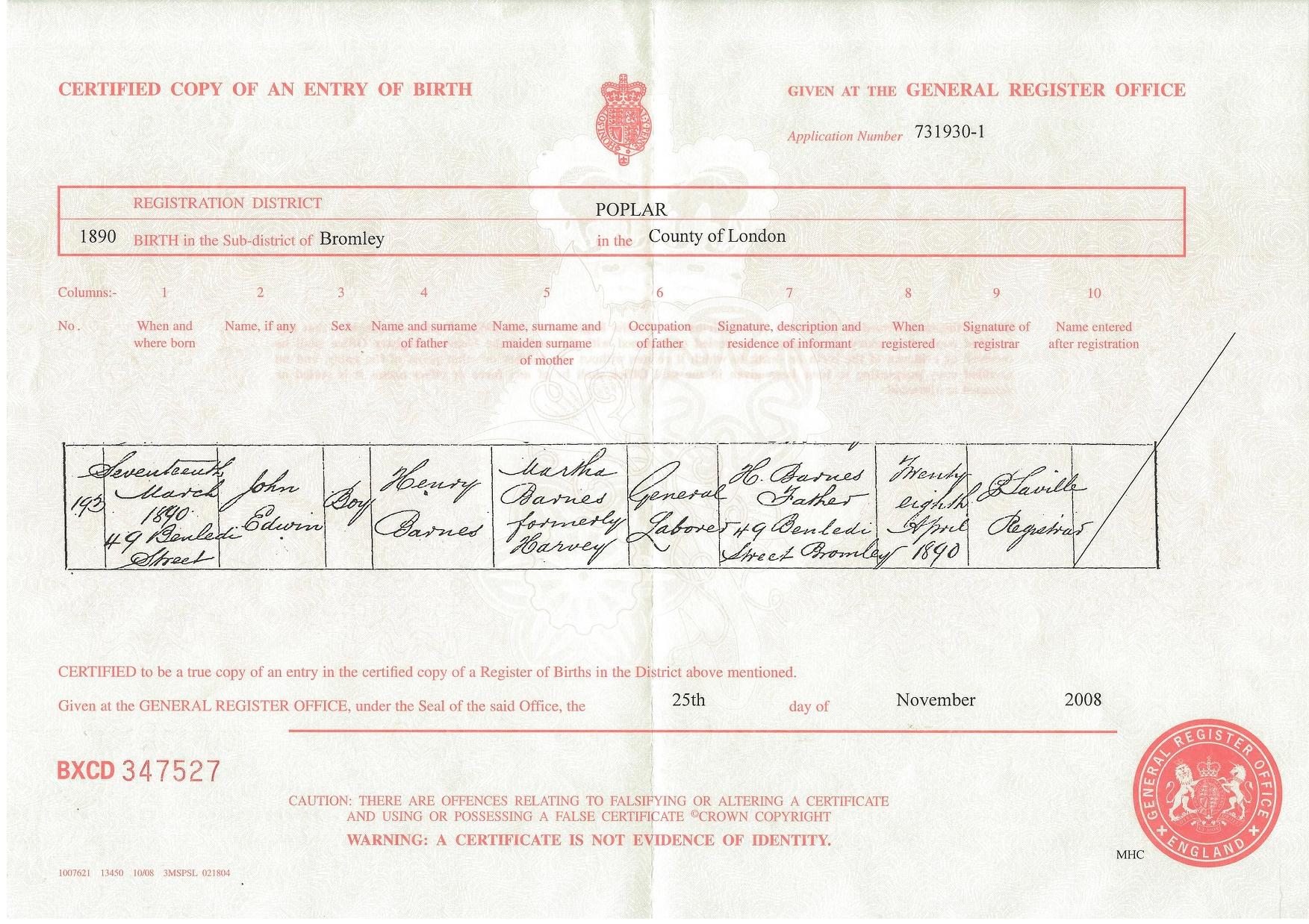
(John Edwin Barnes Birth Certificate)
Within a year, we find John Edwin Barnes counted in the 1891 Census, still living at 49, Benledi Street, with his parents and three older Brothers.

(Class: RG12; Piece: 327; Folio: 134; Page: 40)
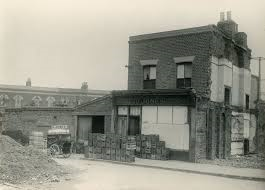
(Benledi Street – photo sent to me from a Barnes Ancestor)
By the time of the 1901 Census, the family home had moved to 50, Burke Street, West Ham and young John Edwin is still living at home with his parents and six siblings, Henry aged 17, Walter aged 13, Arthur aged 8, Edward aged 6, Martha aged 2 and baby Ethel aged just 5 Months.
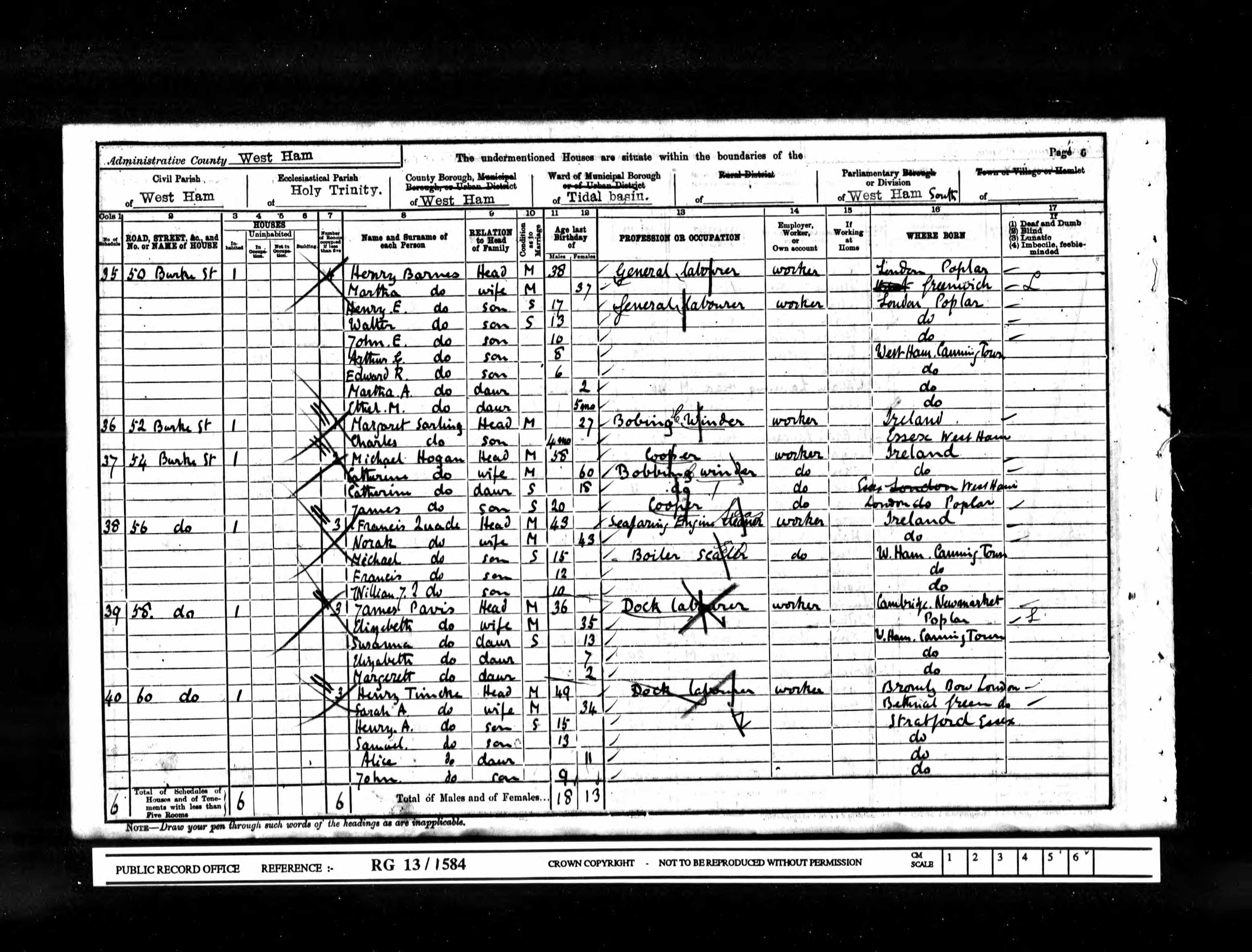
(Class: RG13; Piece: 1584; Folio: 34; Page: 6)
Whether he was inspired by his older Brother Harry Barnes, who joined the East Surrey Regiment, I can’t say for certain, but the next record we find for our young John Edwin Barnes is his Army attestation papers detailing his enlistment to the Essex Militia, Army Number 9431. He enlists in the 3rd Militia Battalion Essex Regiment, Number 9431, on 19th October 1906 and shortly after received the Army Recruiting Office seal of approval, on 22nd October 1906. Exactly one month later, on 19th November 1906, he attested for Regular Service with the 3rd Battalion, Essex Regiment. At the time of his attestation, the Essex Regiment comprised 8 battalions; the 1st and 2nd were regulars, the 3rd and 4th were militia (part-time), but with quite a significant training commitment, for which they would have been well paid. The remaining 4 battalions were volunteer battalions.

The document below shows that John Edwin Barnes did 49 days drill on enlistment, which would have included all aspects of training, not just square-bashing. Those 49 days intensive training would have been carried out at the Garrison Baracks at Warley in Essex. Below the 49 days we can see another entry ‘P/07′ which means that he was present at the 3rd Battalions annual training in 1907, which according to Burrows’ history of the Essex Regiment, took place at Maldon in Essex.
At that time many soldiers joined the regular Army via the militia, and that is what John Edwin Barnes did. Coincidentally his elder brother Henry joined up the same way, but that’s another story for another day.
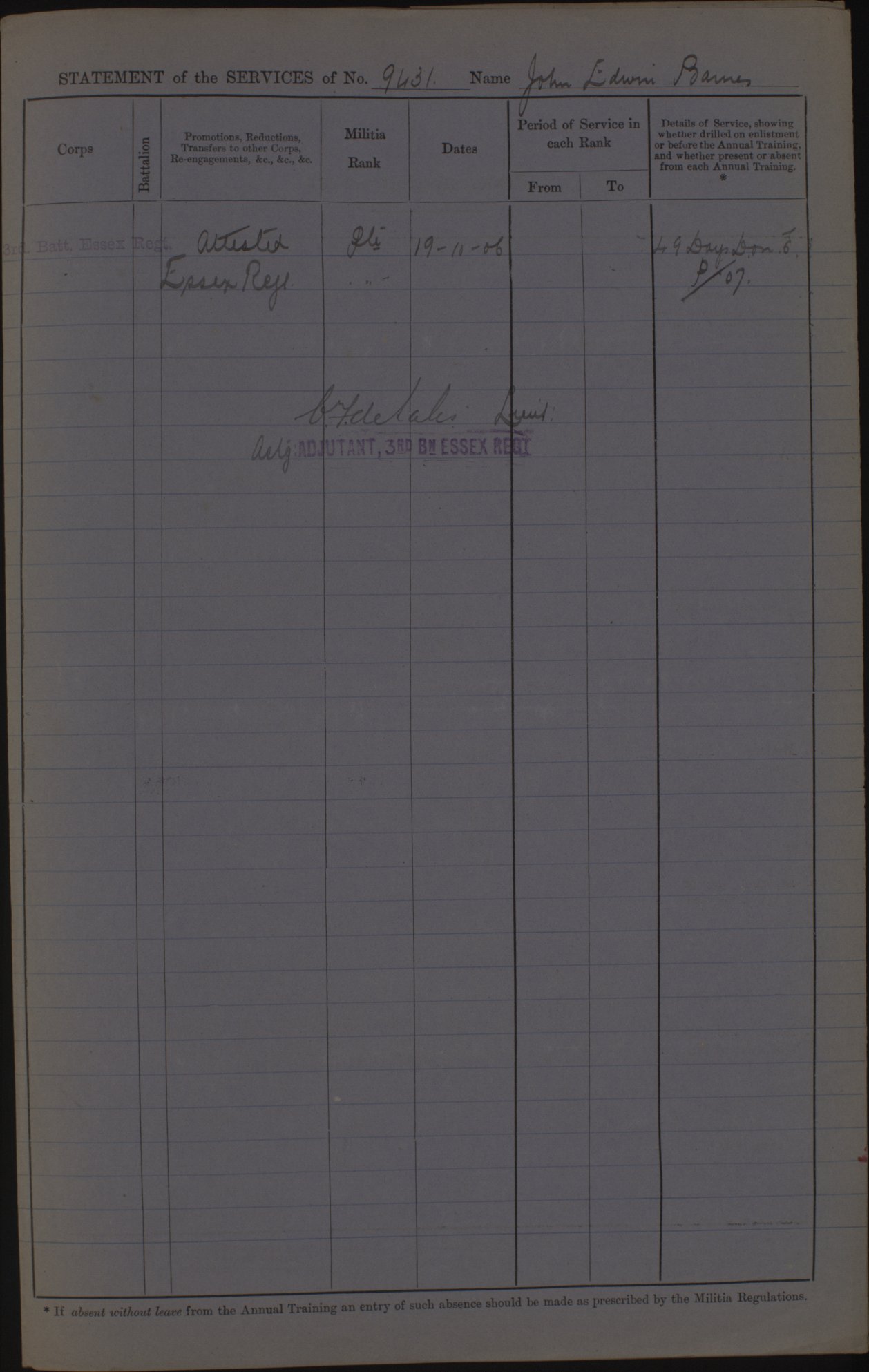

John Edwin Barnes Attestation Record
(W0 96 Militia Service Records 1806-1915, Box 755, Box Record Number 240, The National Archives)
The following information is taken from John Edwin Barnes Army enlisting documentation dated 19th October 1906. He was recruited into the Essex Regiment at the Frances Street Office, Woolwich, London. On the day he enlisted, he was recorded as 17 years and 7 months old, however he either lied on his attestation form, or the details were recorded incorrectly, he was actually only 16 years 7 months old at the time. His height was 5ft 6 1/2″ and his weight 12st 3lbs. His chest measurement was 35″ and his complexion was listed as Sallow. He had brown eyes and auburn hair and his religion is listed as C of E. His occupation is listed as a Carman and he is listed as single.
He had the following distinguishing marks:
Scar left side of the forehead
Scar between shoulder blades
A Tattoo I Love F.Bevens front of left forearm
I should add here that I have no idea who F. Bevens was, but she obviously made an impact! I have tried a number of times to trace her, so far unsuccessfully, but it’s on my ever-increasing “to-do” list.
His address on enlisting was: 66, Hansworth Street, Canning Town, London.
His next of kin is listed as follows:
Father Harry, 66, Hansworth St. Canning Town Essex
Elder Bros Harry, Pte East Surrey Regt, Walter Jnr, Bros Arthur and Edward Sisters Martha & Ethel, all with father.
When he transferred from the militia into the regular Army he would have been on the standard engagement of 7 years with the Colours (ie full time) and 5 years on the Reserve, ie back to civilian life but liable to be recalled in an emergency. After completing basic training at the Warley Depot, at the end of 1907, he was posted to the 2nd Battalion Essex Regiment, with Army Number 8987. It seems that his personal records under that number were among the many destroyed in WW2, so sadly we can’t consult them. However, numbers were issued in sequence and the records of 8989 Pte Herbert Crick have survived and are available online. He enlisted on 19 June 1907 so we can assume that John Edwin Barnes’ transfer occurred very close to that date, as their numbers are only 2 digits different. Pte Crick trained at the Essex Regiment Depot at Warley, then was posted to the 2nd Battalion in Dublin on 2 December 1907, and it is very likely that John Edwin Barnes did exactly the same.
The usual procedure in those days was that each regiment had one regular battalion serving at home, to which recruits were initially sent after depot training, and the other serving abroad. Every year groups of men, drafts as they were called, were sent from the home battalion to the abroad battalion for a spell of foreign service. For India, this usually happened over the winter months, known as the ‘trooping season’. Thus Pte Herbert Crick, mentioned above, was posted from 2nd Essex in Dublin to 1st Essex in India on 12 November 1909 and we can assume that John Edwin Barnes also went to India at the same time.
He was posted from the 2nd Battalion to the 1st Battalion and is stationed at Quetta, Baluchistan, India on the 5th January 1911 and is counted in the 1911 Census in India. He was one of a draft of 4 soldiers posted from the 2nd Battalion to the 1st Battalion on 5 January 1911 (that being the day they departed from Dublin).

(Class: RG14; Piece: 34978; Page: 1)
He is stationed here in “C” Company and later in 1913 “C” Company was merged to form part of the new “Y” Company when the Battalion moved to a four Company structure in 1913. A helpful link to understanding Essex Regiment Service Numbers can be found here. He is probably shown in the Census as ‘single’ because he was living in barracks and not in a married quarters.
Essex Regiment Service Numbers
It’s during this period in Ireland and specifically Dublin, that John Edwin Barnes meets and marries his sweetheart, Elizabeth (Lizzie) Daniels. They were married on 27th October 1909 at The Registrar’s Office in The City of Dublin, John Edwin Barnes was living at 6, Madeline Terrace, Golden Bridge, Dublin at the time and Lizzie’s address was 3, Woodroffe Cottages, Island Bridge. His occupation was listed as Private, Essex Regiment.
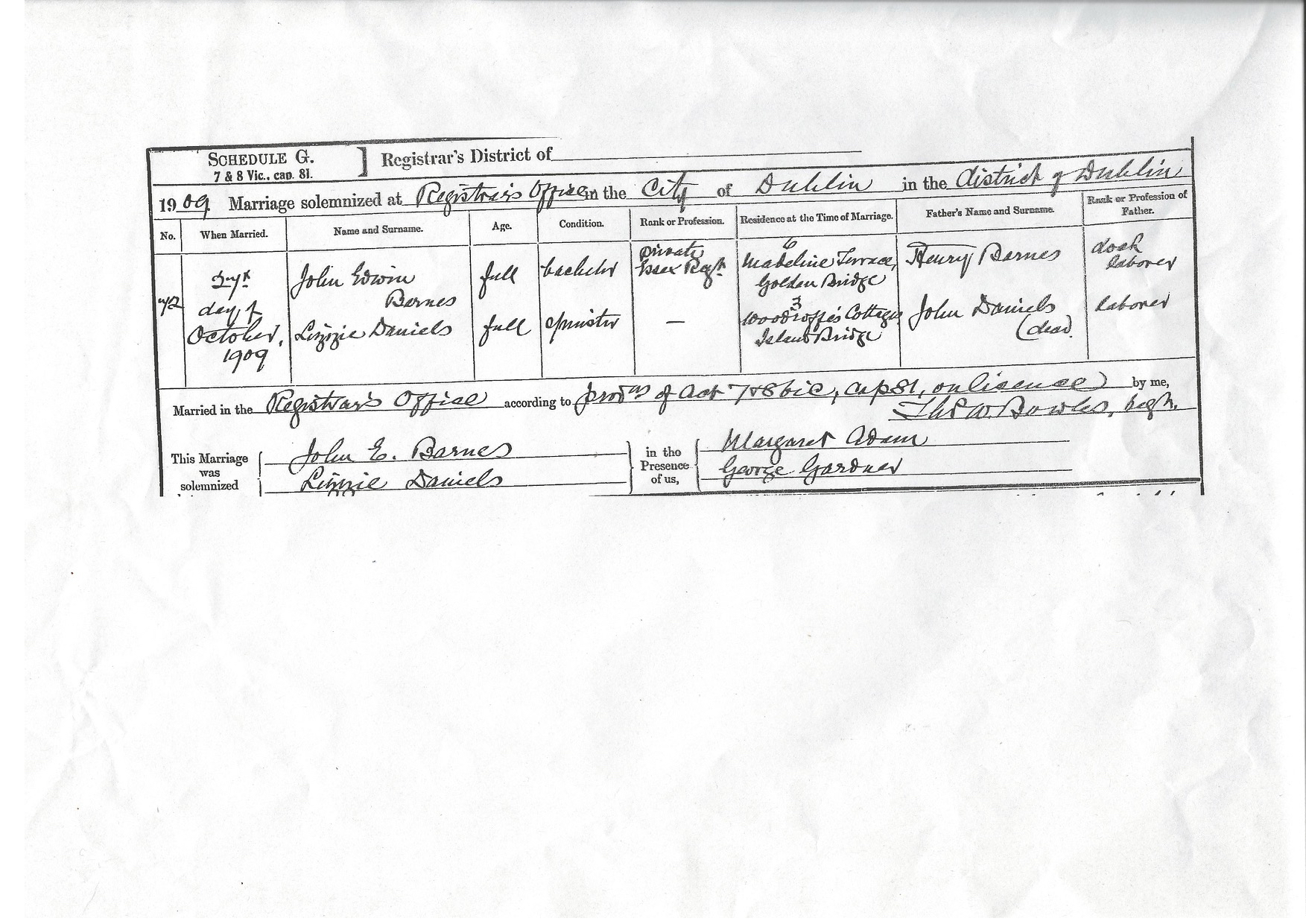
(Copy of John Edwin Barnes Marriage Certificate)
Between John Edwin Barnes enlistment and before he was sent to India, the Essex Regiment was stationed at The Island Bridge Army Barracks, in Dublin, the exact dates I can’t be sure. During this period there is also evidence of a Court Martial for John E Barnes, of the 2nd Battalion, at The Curragh Army Barracks, Ireland. The date of the trial was 5th December 1910 and the Court Martial took place on 20th December 1910, the outcome of the trial was a Court Martial for desertion and he was sentenced to 112 days. He was given 28 days remission, plus 84 days in detention and released on 26th February 1911. Now this date doesn’t fit with the earlier record of him being posted to India on 5th January 1911, but there is an explanation for this;
At the time of John Edwin Barnes Court Martial, two other soldiers appeared in the courts martial register as having been tried on the same charge on the same day and given the same sentence as John Edwin Barnes. Fortunately the personal documents of 9183 Pte Frederick Joseph Havill have survived and are extensive, he served throughout WW1 and made it to sergeant in the Royal Engineers. These records tell us that he was ‘absent from embarkation’ on 18 November 1910, placed in guard room detention the next day, tried on 5th December and moved to prison, released on 4 January 1911, and sent off to the 1st Battalion the following day. We can be almost certain that the same timetable applied to John Edwin Barnes. I think it was the fact that the 3 soldiers had failed to parade for embarkation for overseas service which led to them receiving the heavy sentence of 112 days, normally, heavier sentences were given for long periods of desertion. Clearly John Edwin Barnes was in something of an emotional state; in those days the Army provided very few married quarters for private soldiers, and he was faced with leaving his pregnant wife to the difficulties of living in Dublin in harsh conditions, so one does have sympathy for him. So he would have arrived in Quetta in plenty of time for the 1911 Census on 2-3 April. This means that he is both of the photographs below, taken in India.
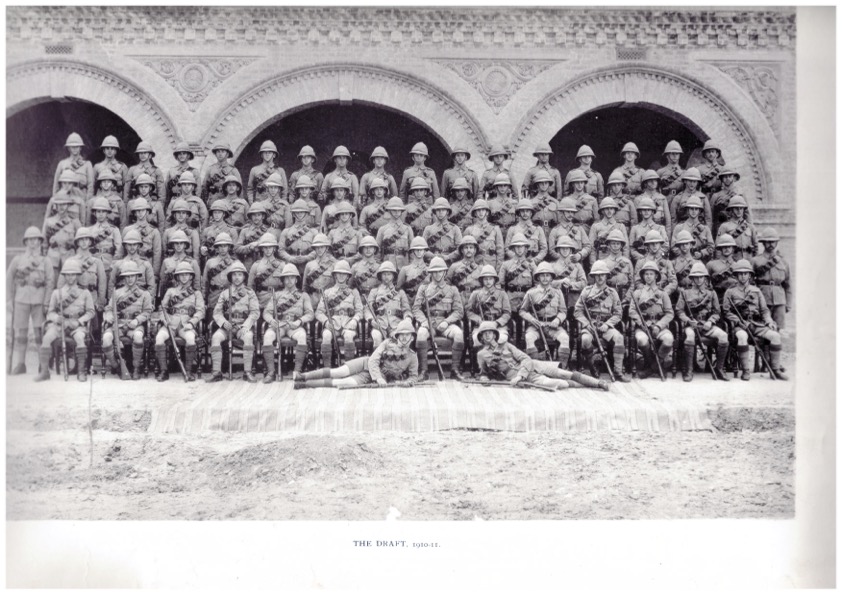
(Essex Regiment India – The Draft of 1910-11)
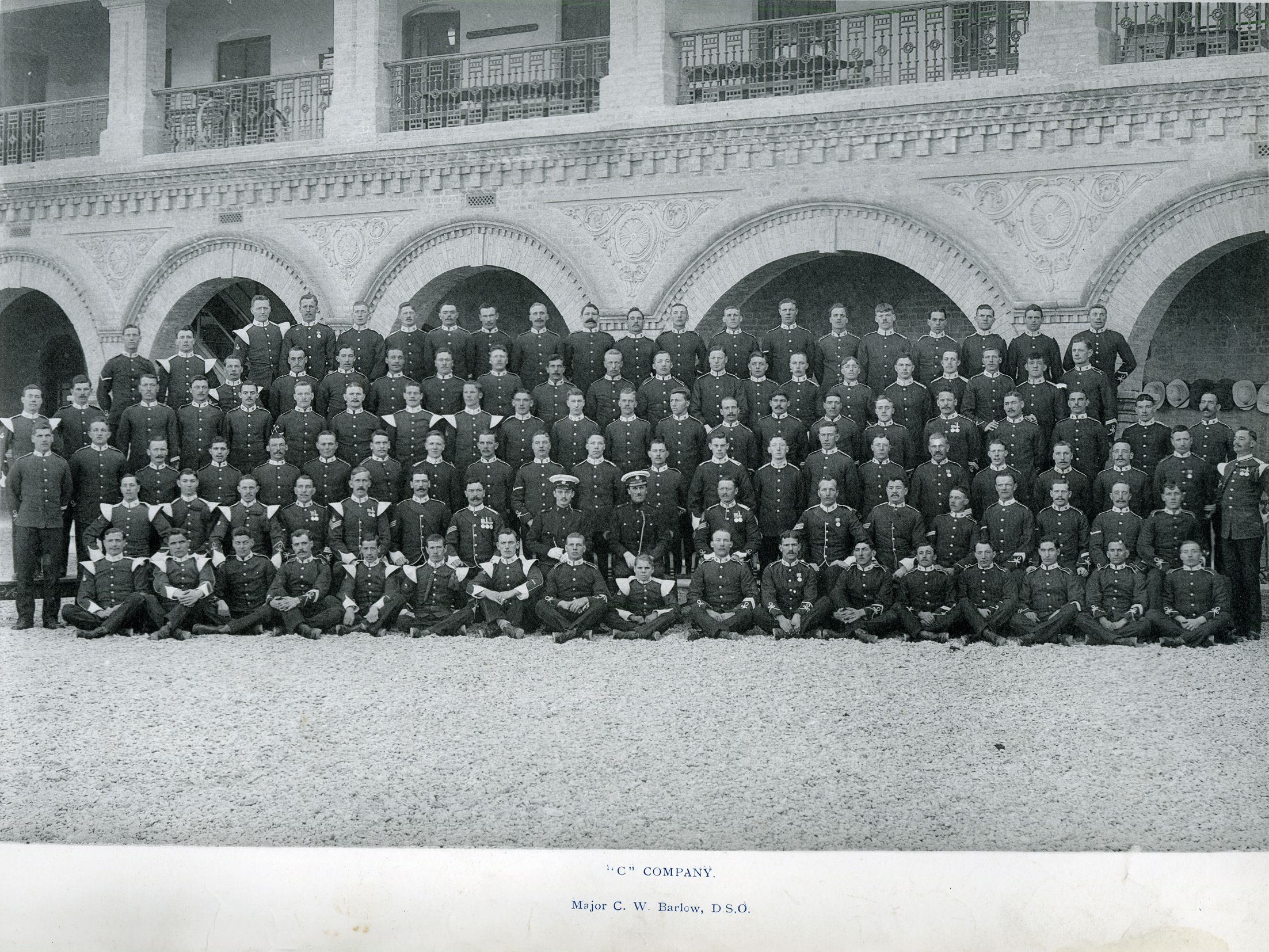
‘C’ Company Essex Regiment Quetta India 1911)
I would like to think that he was deserting for good reasons, to go and meet his Wife, Lizzie, who would have been pregnant at the time with their only child Martha Annie Barnes. I will never know for certain the reason for his desertion, but the sentimental part of me would like it to be for this reason.

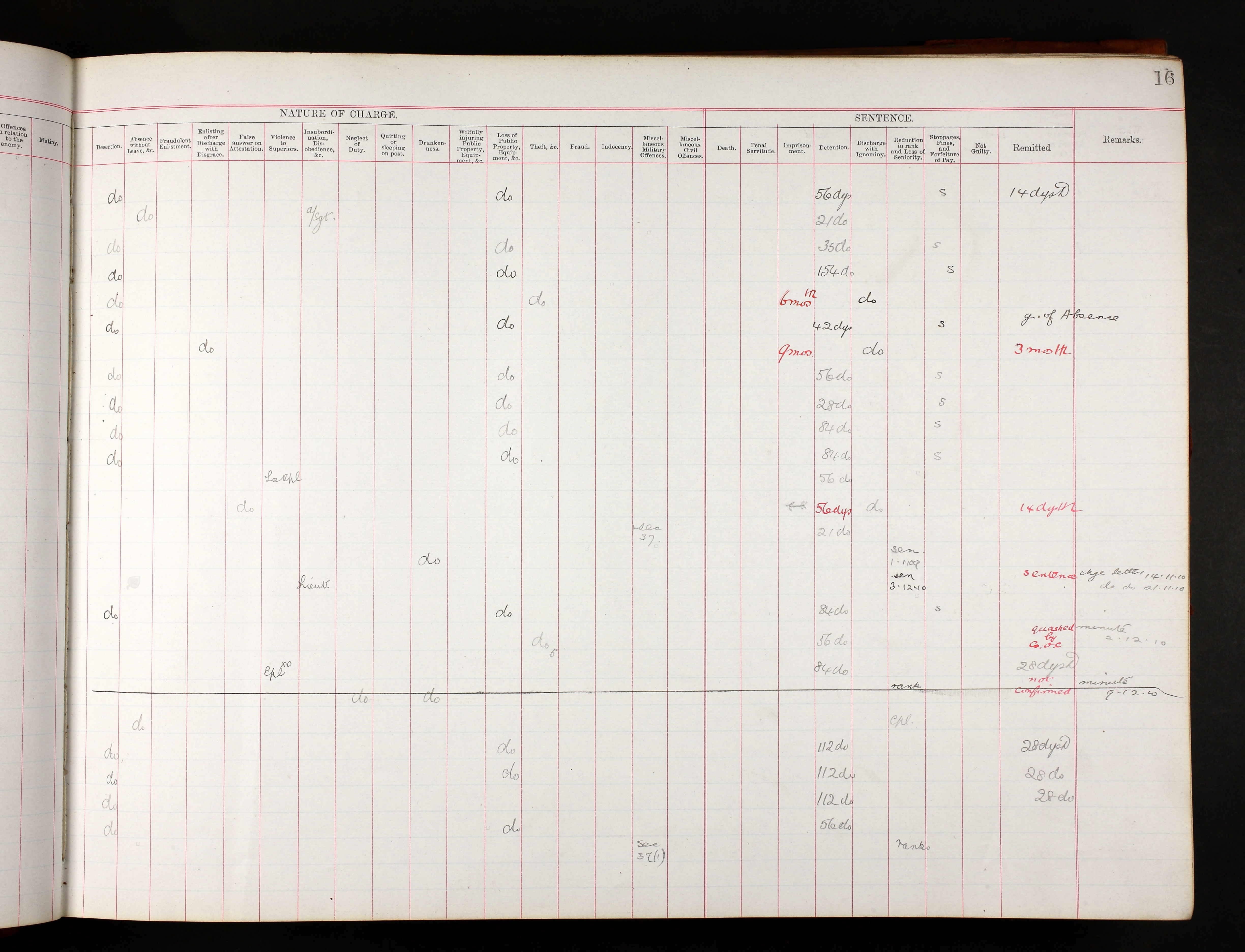
(The National Archives of the UK; Kew, Surrey, England; Judge Advocate General’s Office: District Courts Martial Registers, Home and Abroad; Series: WO 86; Piece Number: 58)
John Edwin Barnes and Lizzie Barnes only had one child, Martha Annie Barnes (My Nan), who was born on 21st April 1911, at The Stevens Hospital Dublin. Sadly John Edwin Barnes died at Gallipoli on this ill-fated campaign, on the very first day of battle, 25th April 1915. Whether he was able to see his only child, Martha Annie Barnes or not, between his service in India, with the Essex Regiment and the outbreak of WW1, I am unable to say for sure.
The 1st Battalion remained in India until 24 November 1913 when they left Quetta and sailed to Mauritius, arriving on 7th December. There the HQ and 4 companies, A, B, C, and D, remained, while the other 4 companies sailed on to South Africa. The April 1914 issue of the Essex Regiment Gazette has an account of this move. Note that the Battalion was still on the 8 company organisation at this point. John Edwin Barnes and ‘C’ Company spent the next year in Mauritius.
The following information is taken from Volume 1 of Burrows’ history, which covers the 1st Battalion. There he notes that ‘after a period of waiting headquarters, “W” and “X” Companies embarked on S.S. “Elele” on November 6th 1914, with a strength of 15 officers and 471 other ranks, and upon arrival at Devonport were despatched to Warley, where the half-battalion had already reported from South Africa. The united Battalion moved to Parkeston, Harwich, on December 14th, with a strength of 28 officers and 901 other ranks.’ Burrows states that the Battalion moved from Harwich to Banbury, to join 29 Division, on 18 January 1915. Although there would have been much to do in the month they were in Harwich I would think it highly likely that some leave was granted, as they had all just returned from overseas, and that my Great-Grandfather, John Edwin Barnes finally got to see his daughter nearly 4 years after she was born.
You might think that there is where the story ends for John Edwin Barnes, but far from it, over the years I have been able to piece together more and more information about his time at Gallipoli thanks to the wonderful help of sites such as The Long Long Trail, The Great War Forum and The Gallipoli Association.
So I have included some more detailed information regarding the Gallipoli Campaign, the part the Essex Regiment played and the part my Ancestor John Edwin Barnes played. There is a whole wealth of well documented books, blogs and research into the Gallipoli Campaign which would be far too lengthy to be included with this blog, but a very brief note of why the Allied Forces chose to attack the Dardanelles Peninsula is included here;
The eight-month campaign in Gallipoli was fought by Allied forces in an attempt to force Turkey out of the war, relieve the deadlock of the Western Front in France and Belgium, and open a supply route to Russia through the Dardanelles and the Black Sea. The Allies landed on the peninsula on 25-26 April 1915; with the 29th Division at Cape Helles in the south and the Australian and New Zealand Corps north of Gaba Tepe on the west coast, an area soon known as Anzac.
From now on, we will concentrate on the 29th Division, which consisted of 12 Battalions: Border Regiment, 1st Battalion Essex Regiment, Hampshire Regiment, King’s Own Scottish Borderers, 1st Battalion Lancashire Fusiliers, Royal Dublin Fusiliers, Royal Fusiliers – City of London Regiment, Royal Inniskilling Fusiliers, Royal Munster Fusiliers, 1/5th Royal Scots – Lothian Regiment, South Wales Borderers and the Worcestershire Regiment. John Edwin Barnes was part of The Essex Regiment that landed at “W” beach on 25th April 1915.
Troops of the 1st Battalion, Essex Regiment landing at ‘W’ Beach, 25 April 1915.
(IWM Production date 1915-04-25 Catalogue number Q 37880 Part of BRIGHT F G (LT) COLLECTION)
The following is the actual transcript of the 1st Battalion Essex Regiment War Diary in the run-up to the landings on 25th April 1915 and the days after;
1st Battalion, The Essex Regiment War Diary
March 12th 1915
His Majesty’s Inspection
Battalion entrains at Milverton Station, Warwick:
“A” & “B” Companies 8-25 am.
“C” & “D” Companies 8-45 am.
Inspection by His Majesty on main Coventry – Rugby Road.
Return home.
March 21st 1915
Warwick, Warwickshire. Part of the 88th Brigade, 29th Division.
To Avonmouth and embarked on Caledonia.
April 2nd 1915
Arrived in Alexandria, Egypt.
April 6th 1915
Disembarked and to Mustapha Camp.
April 11th 1915
Embarked DONGOLA and sailed for Lemnos.
April 13th 1915
Arrived Mudros Harbour.
April 24th 1915
Set sail to Cape Helles.
April 25th 1915 09:00 hrs
The Battalion less Z Company transhipped from H.T. DONGOLA to a minesweeper and was conveyed as close to the shore as possible when they were transferred to boats. The landing was carried out under fire and there were several casualties in the boats that took place on W Beach about 9.30 am.
April 25th 1915 09:30 hrs
As soon as the first boats were beached, we received orders to connect between the Royal Fusiliers on right and Lancashire Fusiliers on left and as many as were available were sent to fill this gap, reinforcing as men arrived on the beach. On reaching the crest it was found that no one was on our right.
April 25th 1915 11:35 hrs
A message was received from G.H.Q. to report progress and reasons for not pushing on. Reply was sent, that we were waiting for our left to come up and would then advance. This was attempted but the advance was held up by very heavy fire and many casualties occurred.
April 25th 1915 12:30 hrs
Supported by 4th Worcester’s and after bombardment by Navy, which drove out the enemy, the Battalion took Hill 138 and redoubt beyond.
April 25th 1915 19:00 hrs
Received orders to connect with Worcester’s on right & Hampshire’s on left and entrench position.
Enemy attacked at night & came to close range with a Machine Gun, but inflicted no loss and were driven off.
Casualties during day, 2 Officers Killed, 4 Officers Wounded, 1 since dead, Other Ranks 15 killed, 87 wounded.
April 26th 1915
Continued to hold same position.
April 27th 1915 16:00 hrs
Advanced in Line 3 Brigades with 175th French Regiment on right and entrenched new position.
April 28th 1915 08:00 hrs
Advanced in same formation to take up a new position Pt. 236 – Knoll about 700 yds. N.E. of KRITHEA – Pt. 472 – X Coast Line in Sq. 184.R.8
April 28th 1915 09:00 hrs
Met with considerable opposition. The Battalion on the left of the 88th Brigade on reaching a point beyond which they could not advance owing to the right & left of the line being held up entrenched and held till 6 P.M. when it retired to another position in the line with the remainder of the Brigades the right of the line having retired. The enemy made very good use of their Machine Guns causing heavy casualties.
Officers Killed 2, Other Ranks Killed 12, Officers wounded 1, Other Ranks Wounded 75, Officers missing 0, Other Ranks Missing 33.
April 29th 1915
Remained in position.
April 30th 1915
Remained in position, shelled by enemy causing little damage.
May 1st 1915
Remained in same position, Battalion relieved by 2nd Hants. Regt. in trenches and went into reserve.
May 1st 1915 22:30 hrs
Enemy attacked trenches in force. The Battalion was called out and ordered to retake trenches which has been evacuated and were held by the enemy. During the advance, the Battalion was subjected to heavy fire from the front and also from the rear by parties of the enemy who had broken through 1 Officer and about 40 Turkish prisoners were taken during the advance. X Company under Capt. Pepys found one trench occupied by the enemy and retook it with the bayonet. The remainder of the Battalion remained in support ready to strengthen any portion of the line.
May 2nd 1915 04:30 hrs
A Counterattack was ordered. This consisted of three companies under Captain Bowen they took a small redoubt killing and capturing some of the enemy, ordered to advance and entrench new position.
This was found impracticable owing to enemy’s heavy shell fire. The old trenches were occupied.
Officers Killed 2, Other Ranks Killed 12, Officers Wounded 3, Other Ranks Wounded 28, Officers Missing 0, Other Ranks Missing 5.
The Essex Regiment Diaries can be found on Ancestry and the links are attached here;
(UK, WWI War Diaries (Gallipoli and Dardanelles), 1914-1916)
John Edwin Barnes is commemorated on the Helles Memorial alongside the names of his own Essex Regiment comrades and the other 20,000 plus soldiers, who sadly lost their life here at Gallipoli.
The CWGC record for John Edwin Barnes can be found here:
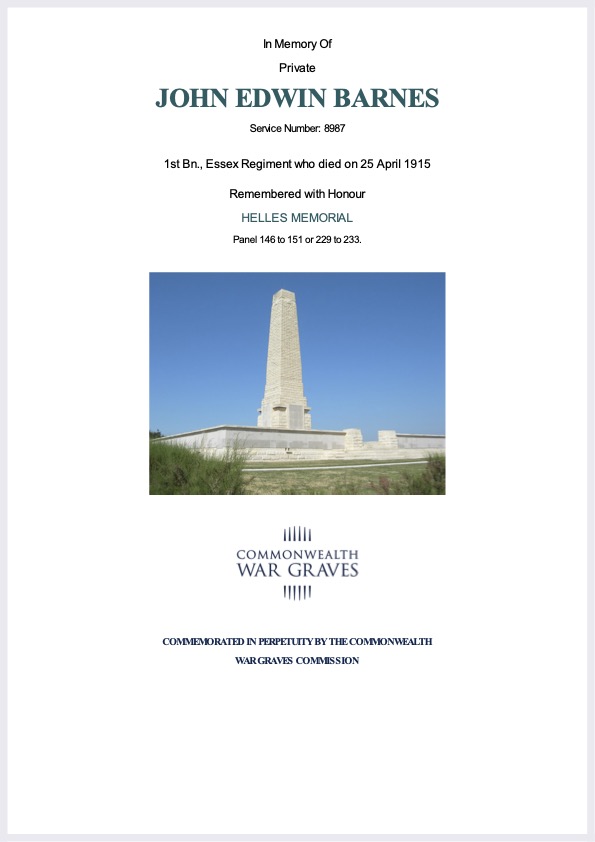
The Medal Rolls for John Edwin Barnes can be found here:
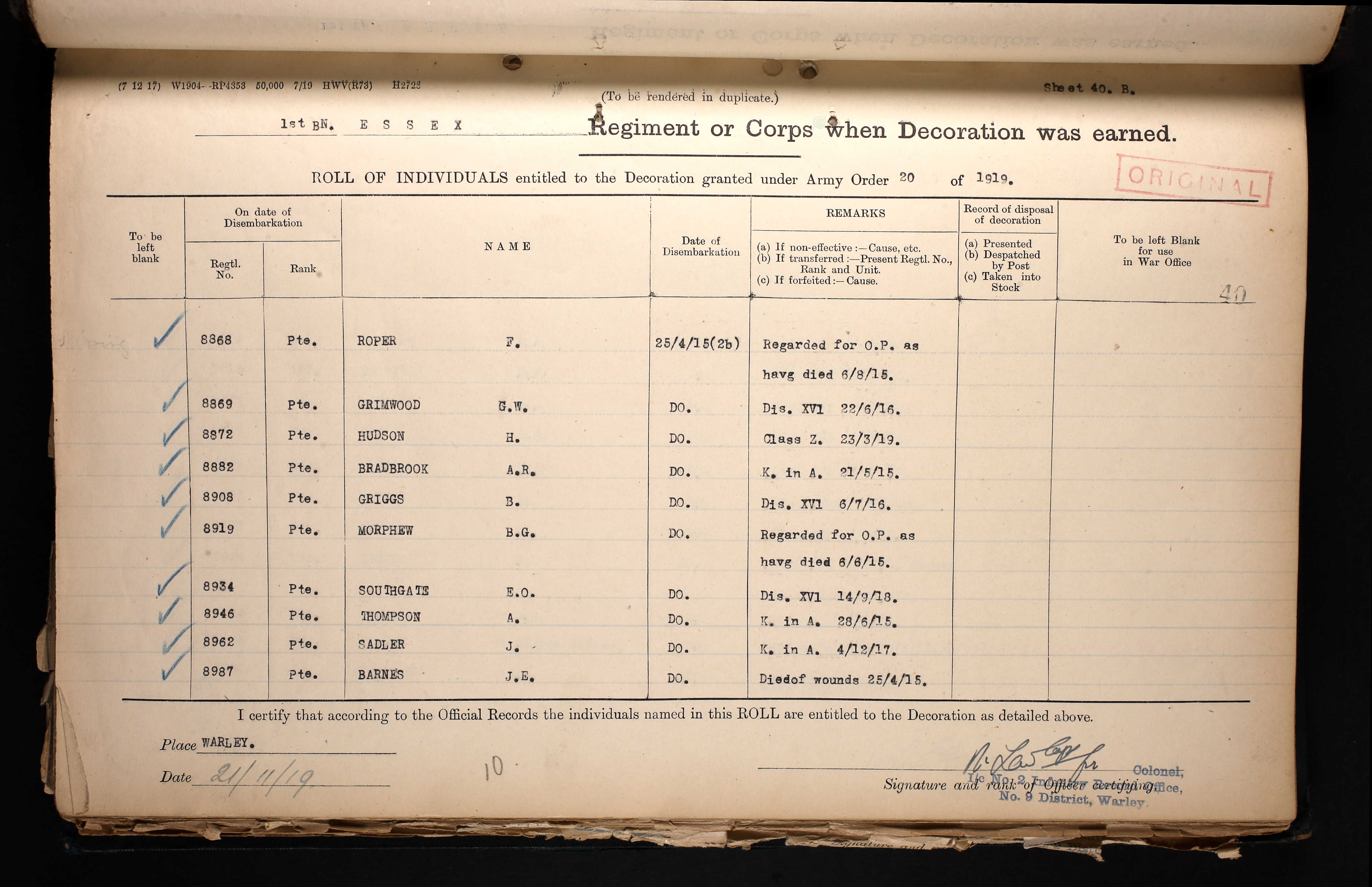
(The National Archives of the UK; Kew, Surrey, England; WWI Service Medal and Award Rolls; Class: WO 329; Piece Number: 2746)
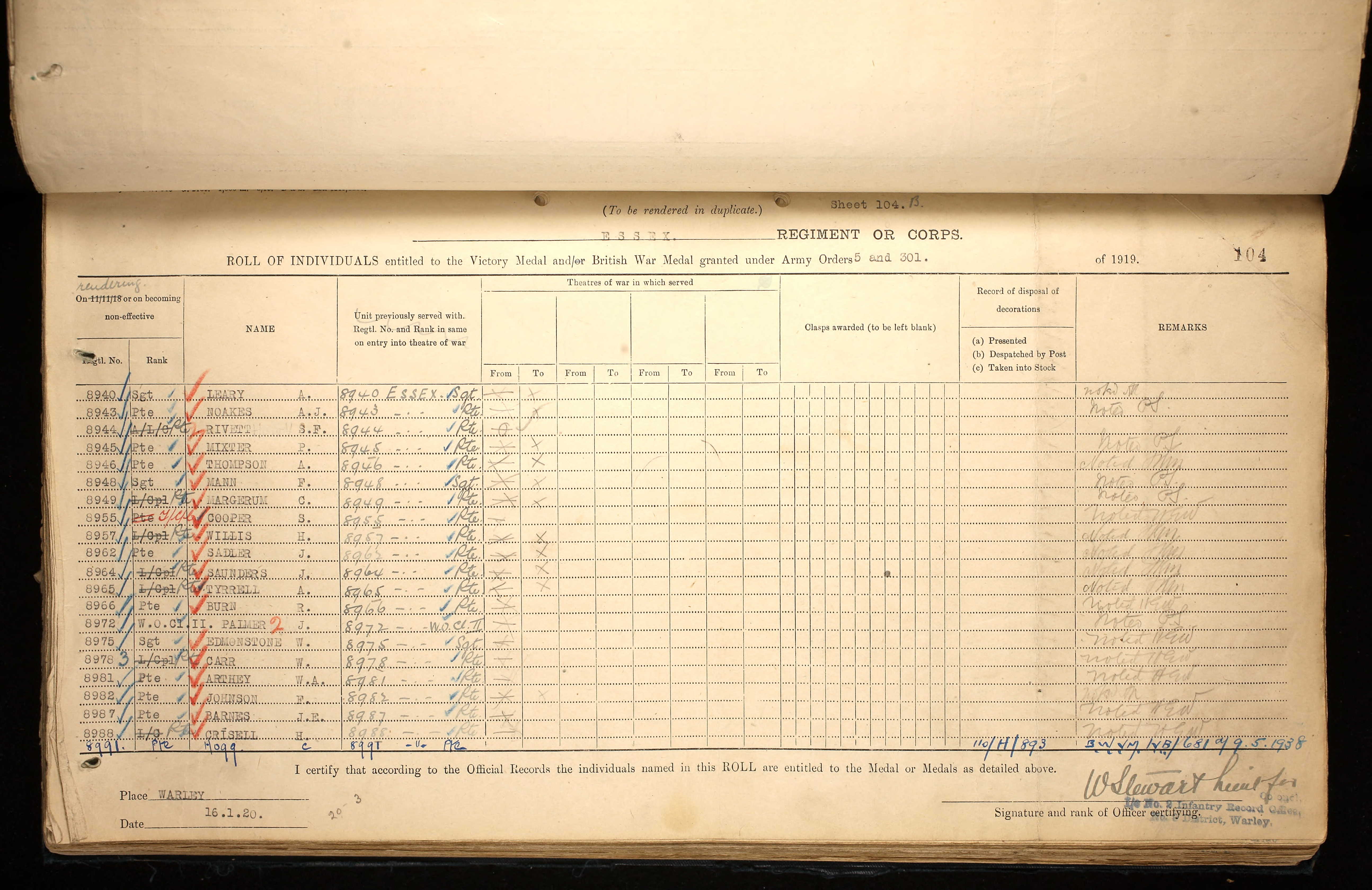
(The National Archives of the UK; Kew, Surrey, England; WWI Service Medal and Award Rolls; Class: WO 329; Piece Number: 1376)

(British Army WWI Medal Rolls Index Cards, 1914-1920)
He was awarded The Victory Medal, The British Medal, The 1914-15 Star as well as The Memorial Plaque (known as “The Death Penny”). Below you will see what these medals look like after I had them framed.




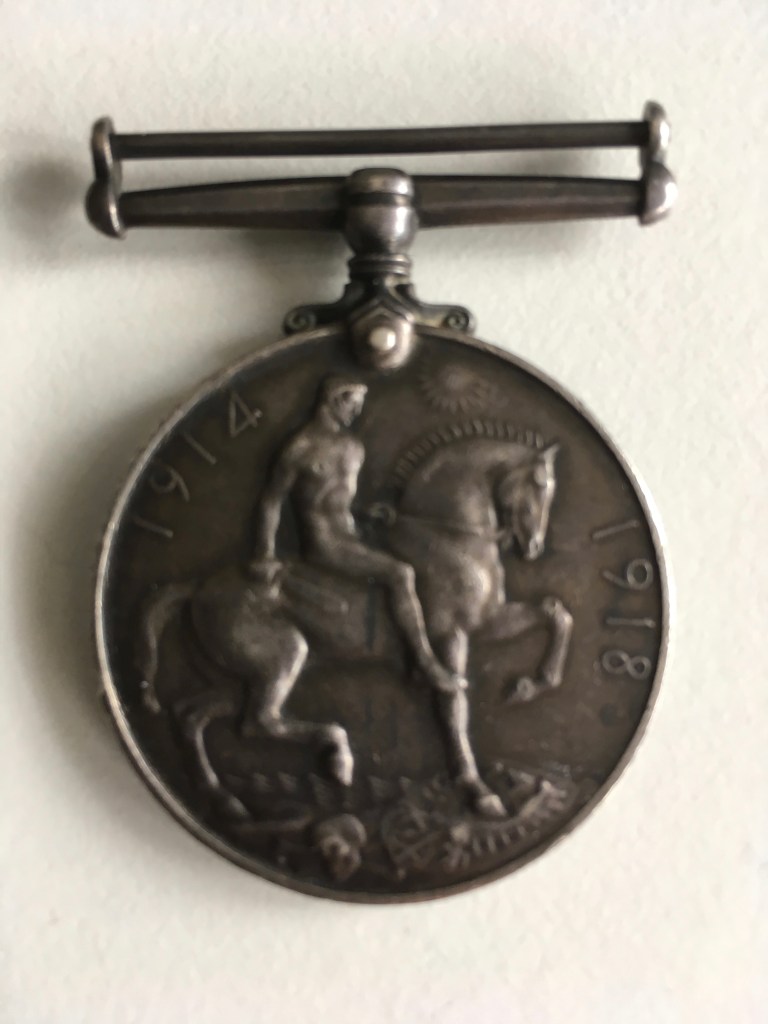

There are numerous Newspaper reports listing the wounding and death of John Edwin Barnes in various newspapers, these can be found on Find My Past and The British Newspaper Archive websites, the links are included here;

Sheffield Daily Telegraph 31st May 1915


Essex Newsman 20th November 1915

Essex Newsman 20th November 1915 Additional Article

The Chelmsford Chronicle 3rd December 1915
I am very fortunate, over the years, I have accumulated a large number of Photographs from Gallipoli. I am eternally grateful to those that have allowed me to use their own pictures in my Family History Research. Credits for the images are listed below.

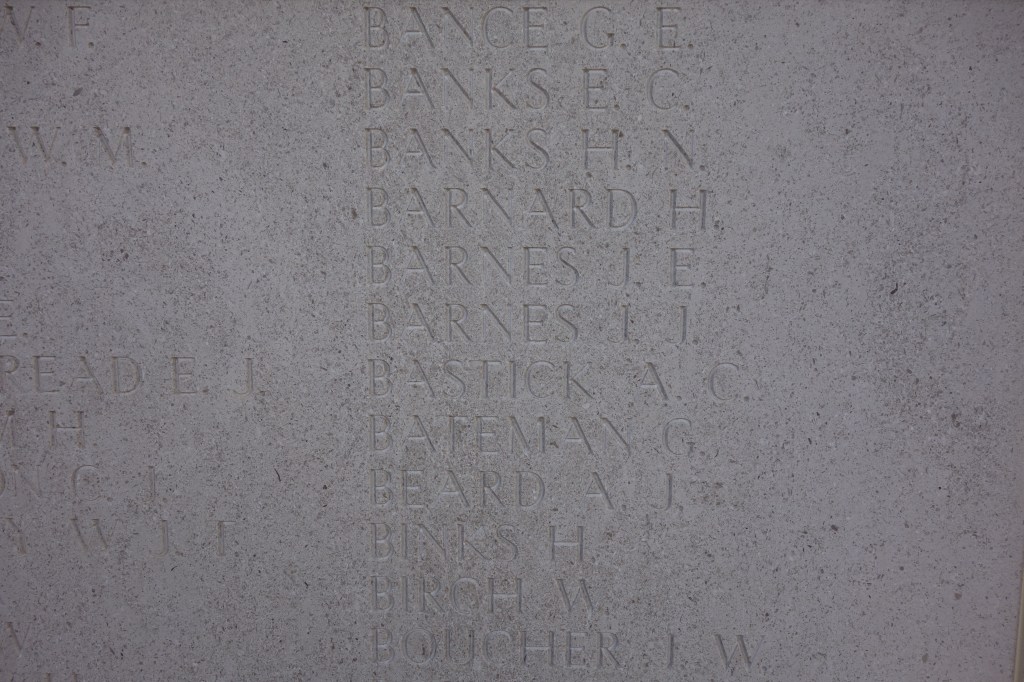


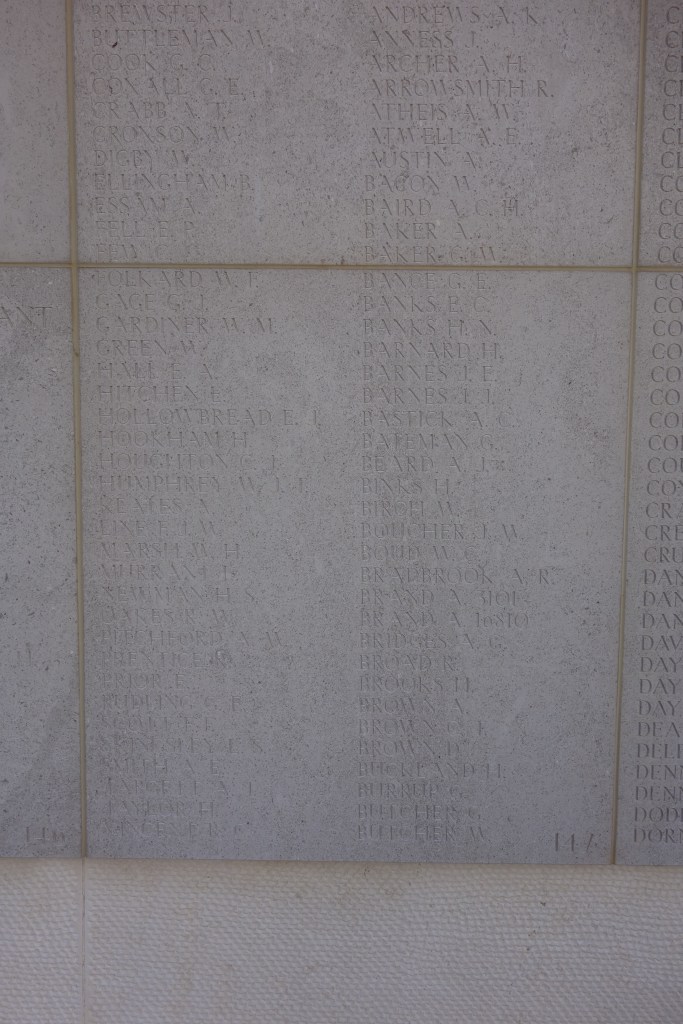




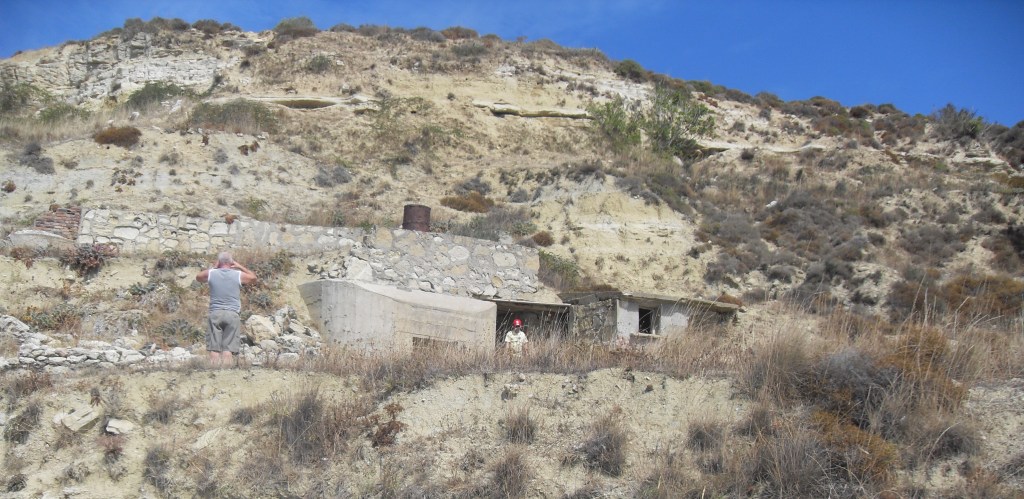

(Images kindly supplied by Sean Ryan)



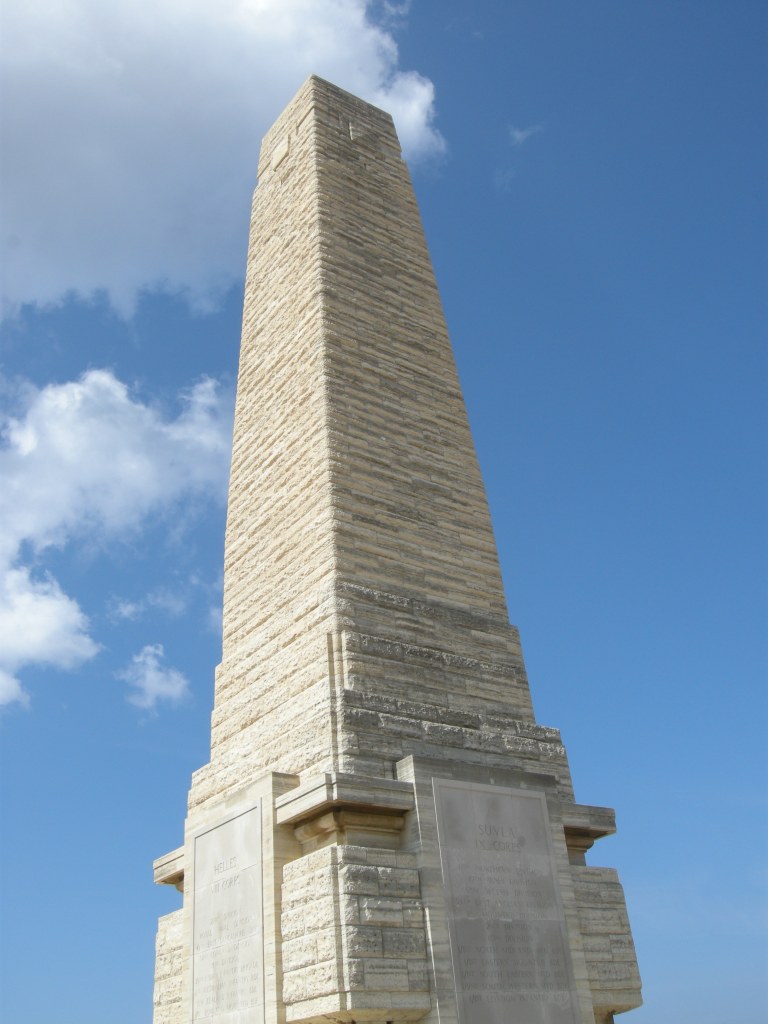
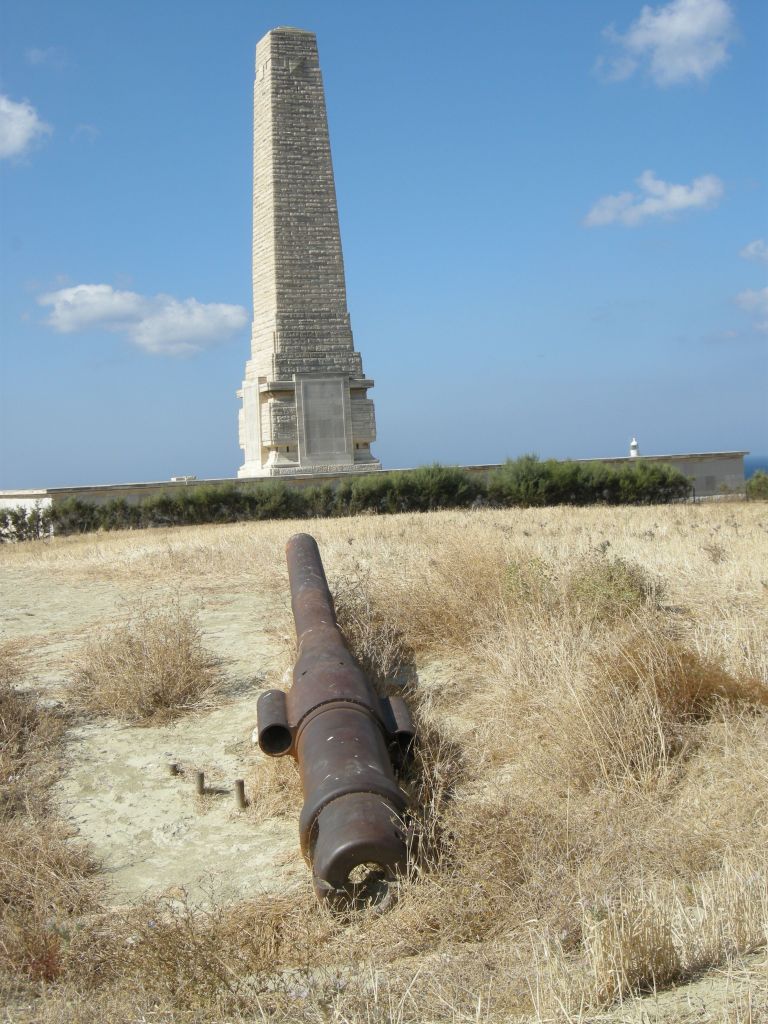

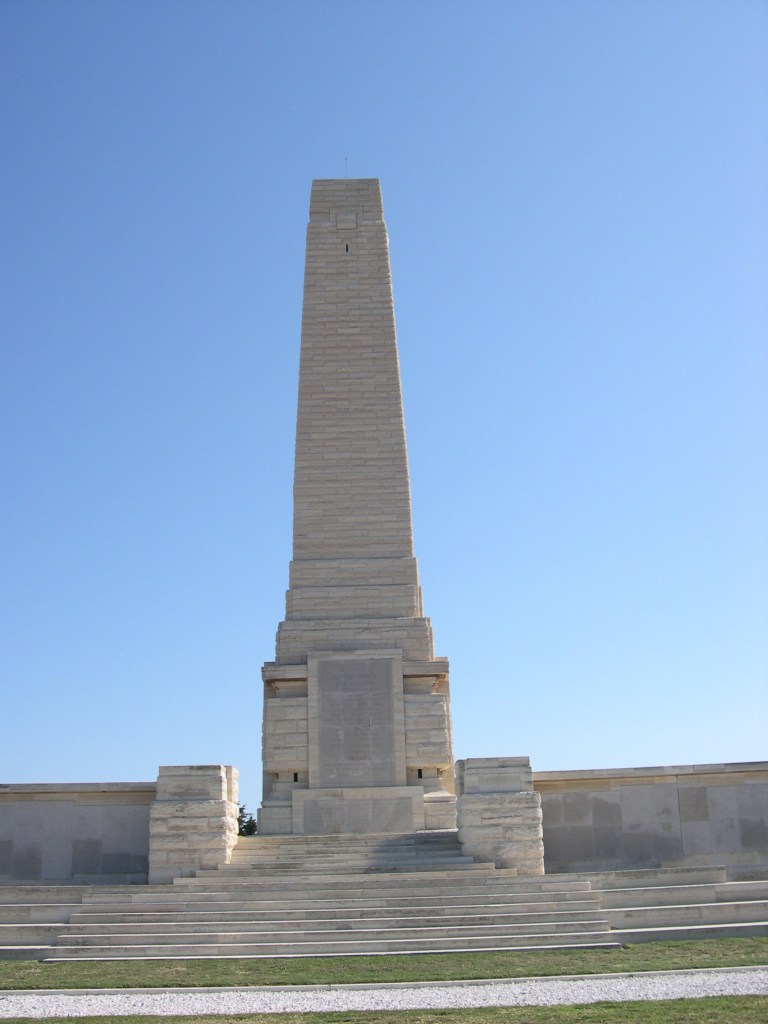

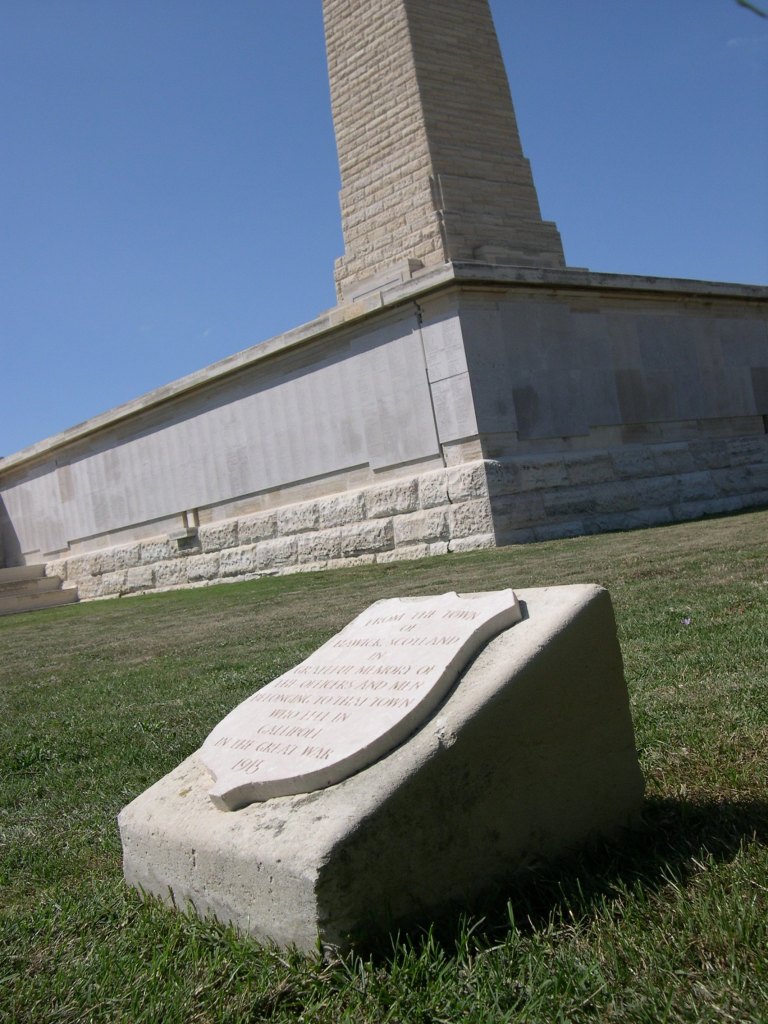
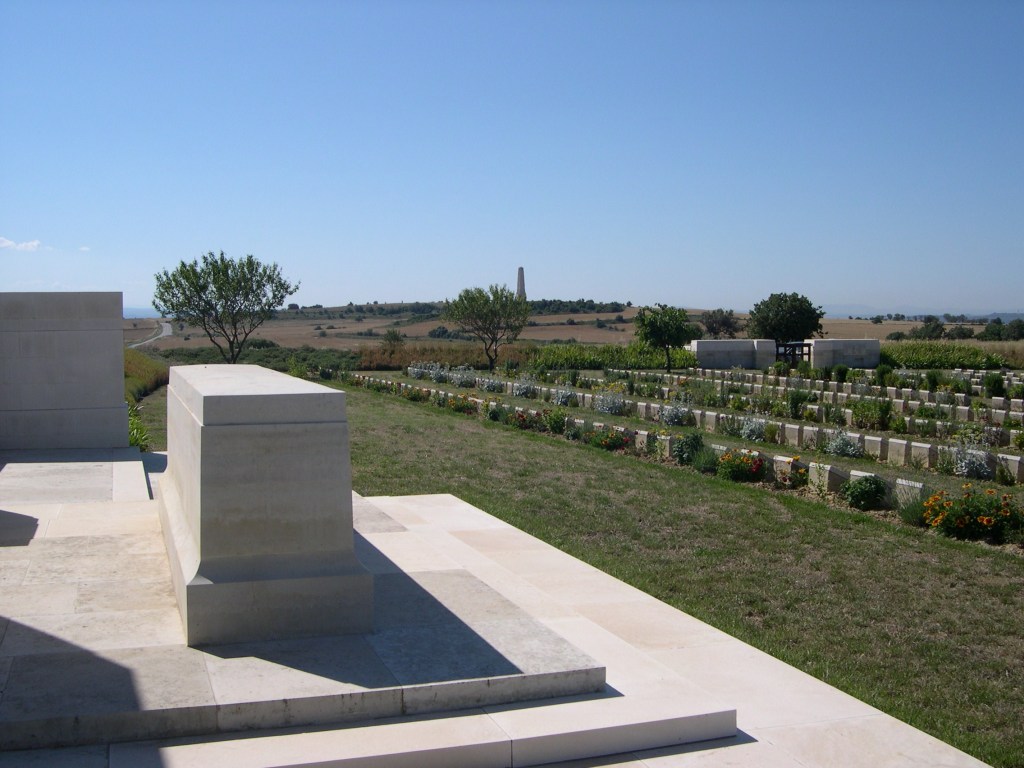
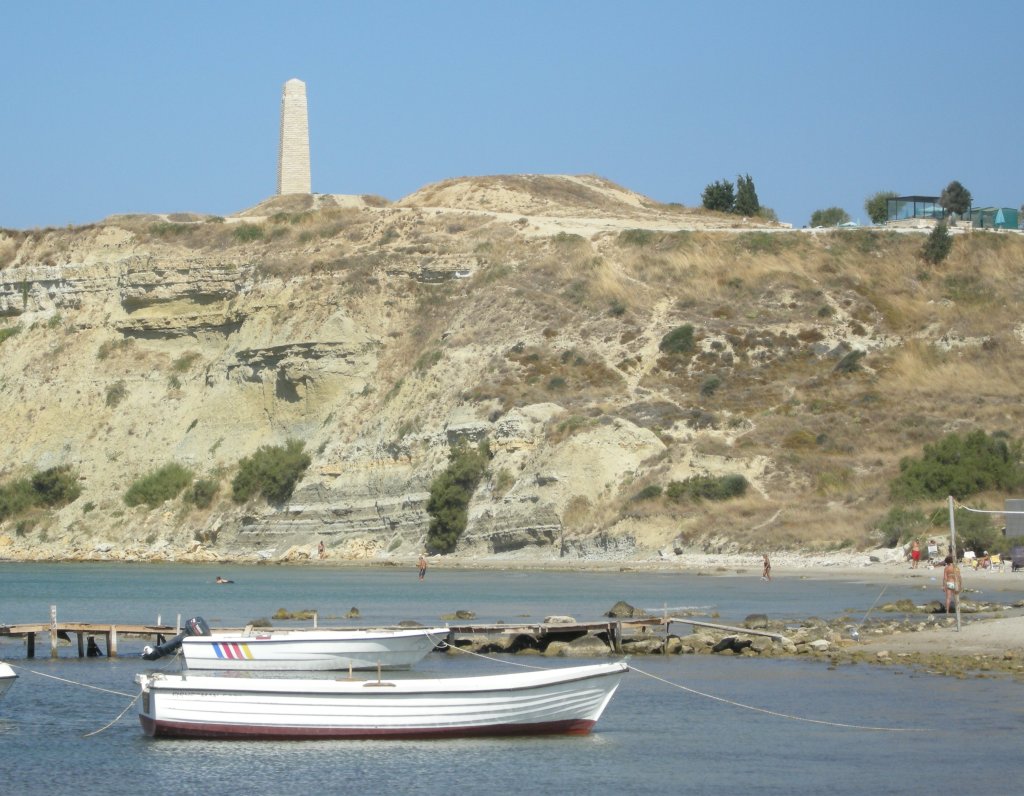
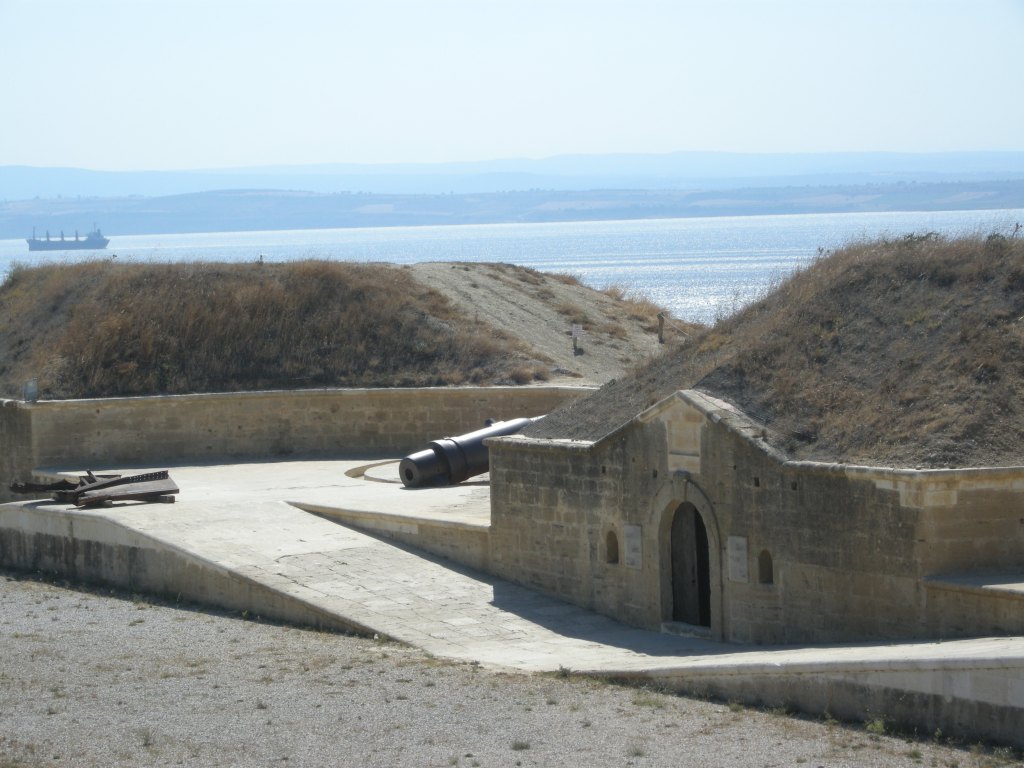
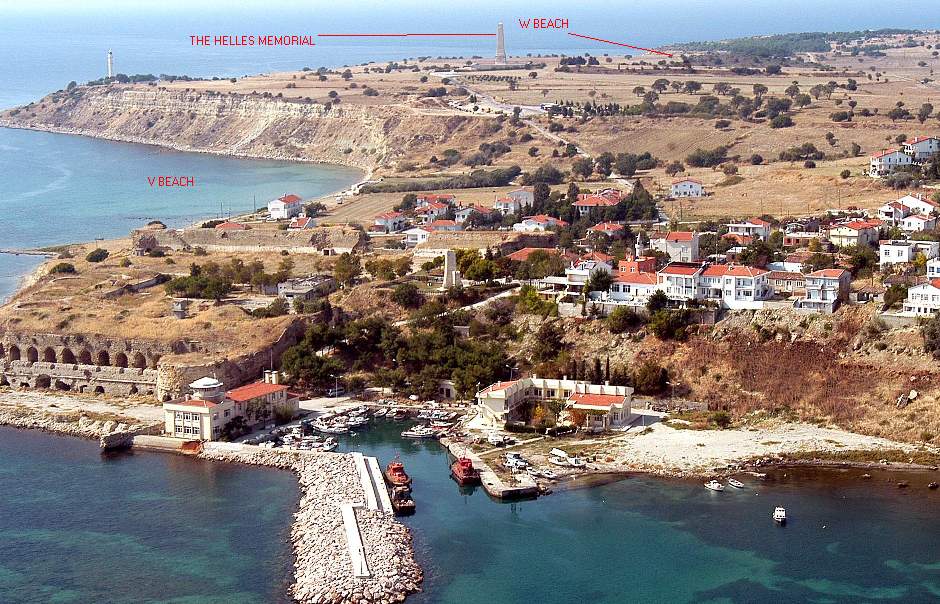
(Images kindly supplied by Robert Pike)
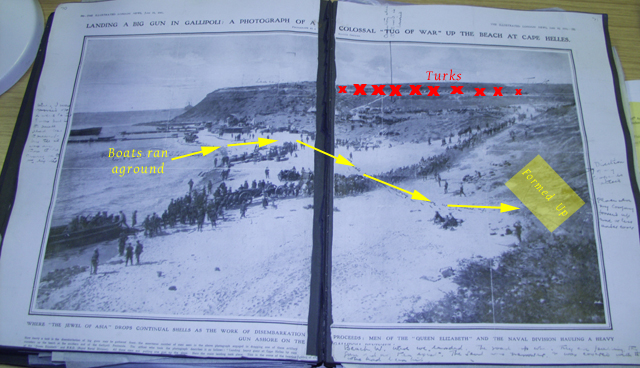
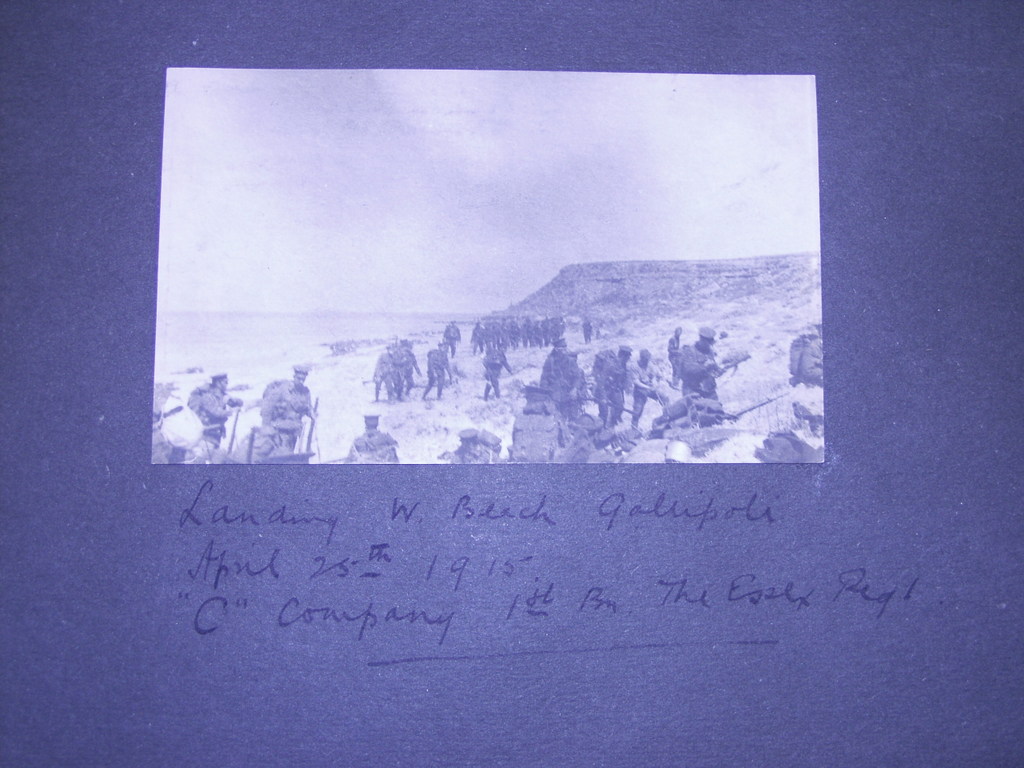

(Images kindly supplied by Bob Cumberbatch)
After his death, John Edwin Barnes’ widow, Lizzie Barnes, was entitled to a War Gratuity benefit from the Army, which was duly paid to her on 15th July 1919 for the sum of £5. The payment sheet recording this is shown here;
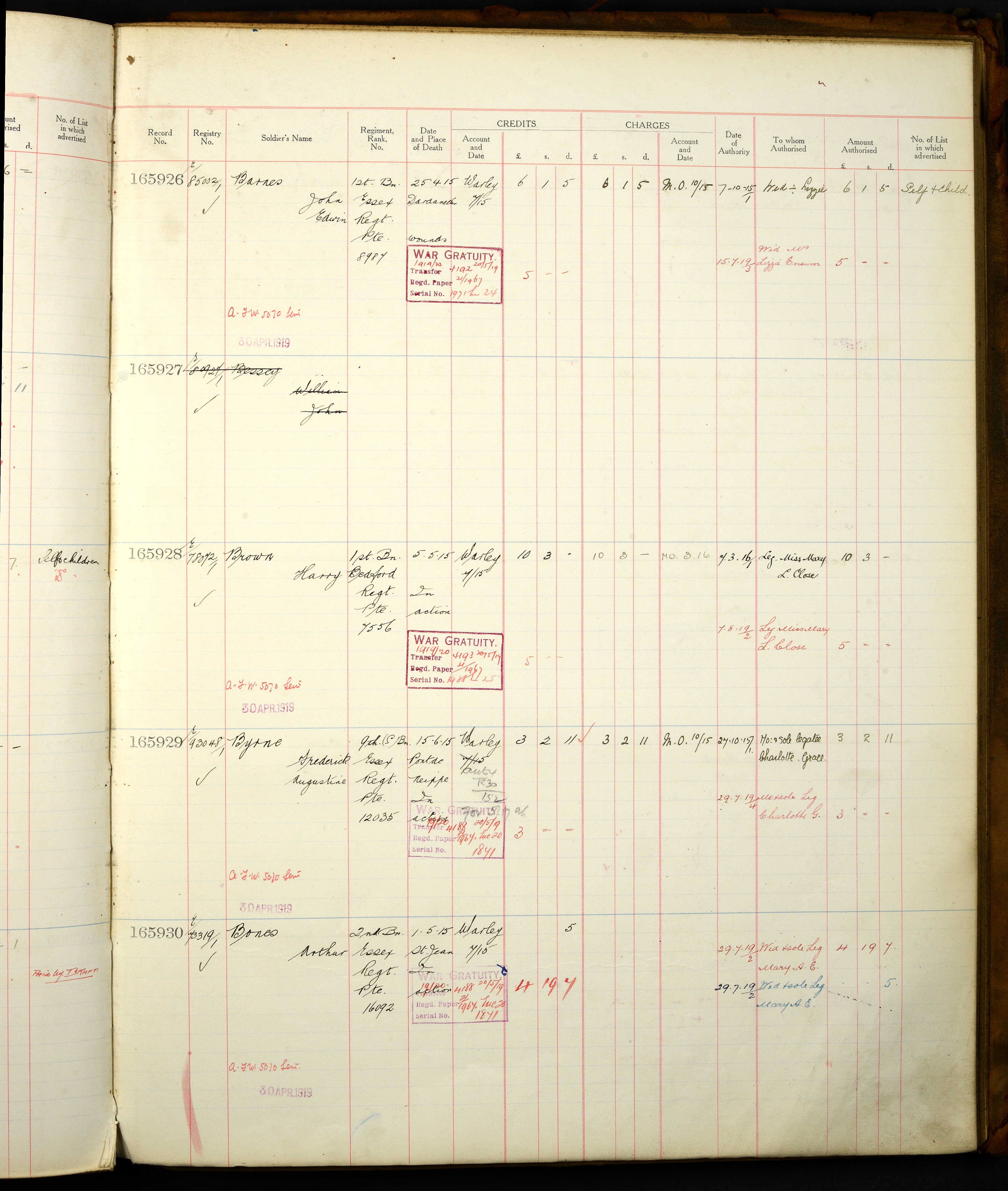
(National Army Museum; Chelsea, London, England; Soldiers’ Effects Records, 1901-60; NAM Accession Number: 1991-02-333; Record Number Ranges: 164501-166000; Reference: 62)
A detailed explanation of how the War Gratuity was calculated and paid can be found here on a blog written by Craig from The Great War Forum. War Gratuity
There was naturally an aftermath to his death and the following information was taken from his pension index card. His widow, Lizzie Barnes made a Dependants’ claim for a war pension for herself and for a pension allowance for her daughter Martha Annie under the prevailing 1915 Royal Warrant, later changed to the 1917 Royal Warrant, which is also reflected on this card. The pension index card was in the soldier’s name and there was another briefer card in the widow’s name so they could be cross-referenced/accessed. The date of birth, 21/08/89, is his widow’s. This was required because her pension could be age-related/supplemented if initially she was older than 35 or later older than 45, which she obviously was not. Such an age banding of pension is believed to address the less likely possibility of re-marriage with increasing age.
The standard pension paid to his widow as a Pension Class V Soldier/Private was initially 15/- pw from 15/11/1915 – 10/- for a widow plus 5/- for a child per week, which was later raised to 18/9 per week from 28/05/1917 by the subsequent 1917 Royal Warrant (13/9- plus 5/- per week). There usually was an approx. 6 month gap between death and paying of a pension and in the meantime, standard Separation Allowances [SA] continued to be paid so, unlike what many observers think when they first see such a card, there was not a complete absence of monies in the intervening period.
Separation Allowance – A portion of a soldier’s pay which was matched by the government and sent to his dependants to make sure they were not left destitute while he was on active service. SA were often more generous than pensions and children’s allowances because a wife had to maintain a home in the same level of comfort as before ready for her husband’s return whilst a widow did not have such a need and costs. SA marked on the card was typically for the number of children shown, one in this case.
The child’s allowance(s) was paid to their mother, typically until they reached 16 when such payments ceased. Occasionally up to 21 if they were in some form of further vocational training or sometimes if they had impairment/disability. Then the child would certainly be expected to go out to work to earn their keep. We can see that his widow remarried, becoming Lizzie Ensum, at which point her pension ceased and she got a one-off lump-sum re-marriage gratuity, which is referred to on the card. The child’s allowance would continue to be paid to her once the SA ceased.
N/N is thought to mean ‘Noted for Novel’ i.e. special treatment/calculation.
50F is Form 50F used to cease the Separation Allowance and start the pension.
DEAD indicates the claim became dead eventually – likely because her child reached 16 in 1927.
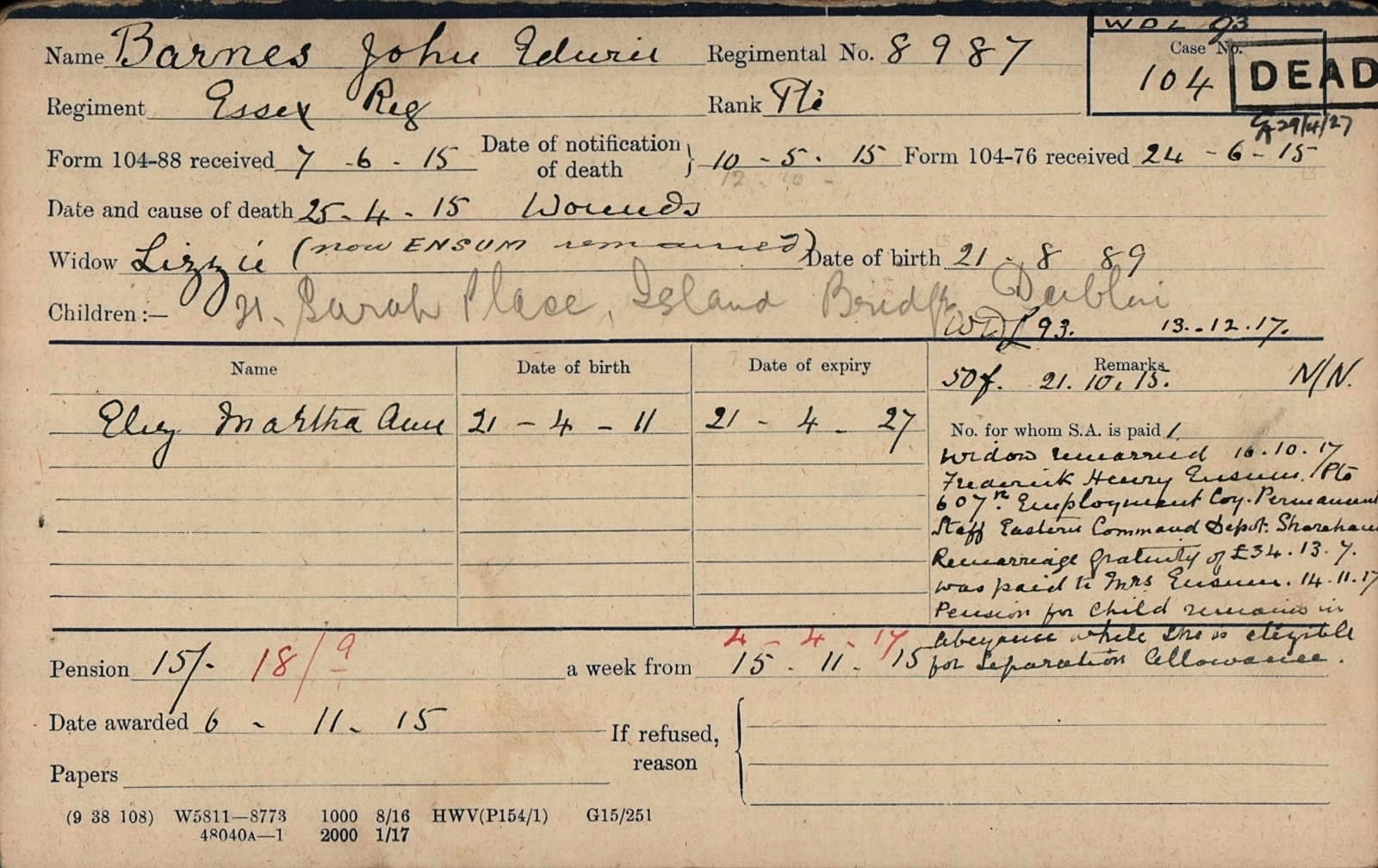
(John Edwin Barnes Pension Card)
John Edwin Barnes even managed to get a mention in a book by Trevor Royle entitled “Britain’s Lost Regiments, you can view the extract here;
Britain’s Lost Regiment’s John Edwin Barnes
A recent addition has been the framing of my Great-Grandfather’s Medals, a rather fitting tribute to the Memory of John Edwin Barnes

With thanks to all those that have kindly allowed me to use their photographs in this blog, it’s very much appreciated, plus special thanks to Major Peter Williamson and Military Historian Paul Reed for allowing me to share the links to his podcast and website.
My one lasting regret is that I don’t have a picture of my hero John Edwin Barnes……………..if only.
I will forever be indebted to my great-grandfather and all those that have served their country and given the ultimate sacrifice in defence of our Country
Why not visit my new website:
All My Blogs For Family Tree Magazine in one handy place
Copyright © 2023 Paul Chiddicks | All rights reserved


Your great grandfather enlisted at such a young age – 17 – he may have thought he would have a life with a more promising future in the military, not foreseeing the Great War. How sad that he died at Gallipolli knowing that he may never have gotten to see his infant daughter.
LikeLiked by 1 person
I will never know if he managed to see her or not, instinct tells me probably not. My biggest miss is not having a photo of him, if only
LikeLike
Your carefully documented profile of this man honors his service and his life in a wonderful way. Love the tattoo you quoted!
LikeLiked by 1 person
Thanks so much Marian and I’ve often wondered who she was!
LikeLike